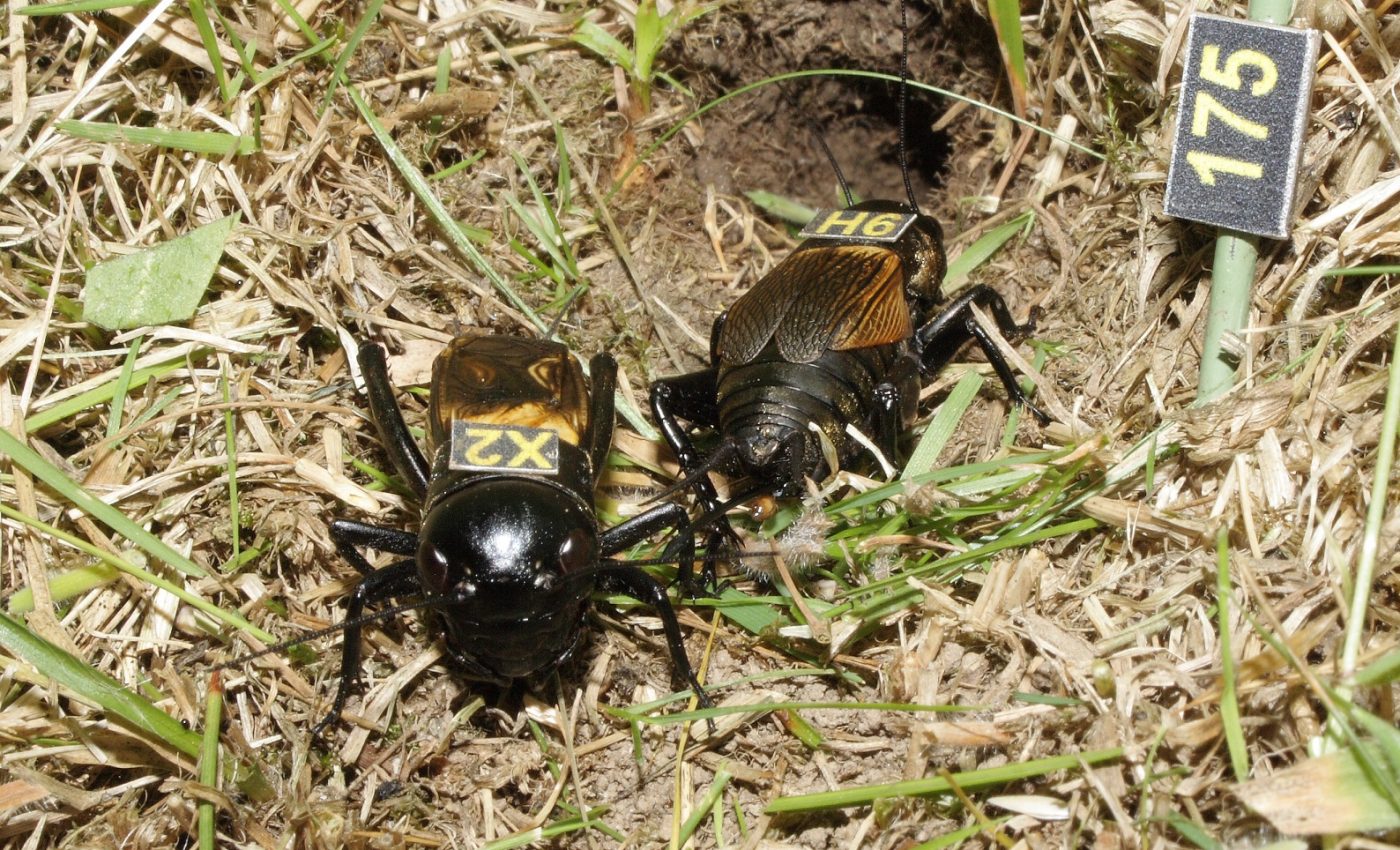
Older male crickets have no problem finding mates but have less sex
The lifecycle of a typical field cricket lasts about 90 days but a lot can happen in that short time. New research has shown that the golden days of old male crickets may actually be when the insects are the most attractive to potential mates.
Researchers from the University of Exeter reviewed ten years of recorded cricket activity in a Spanish meadow to investigate how age impacted mating success among crickets.
Surprisingly, the researchers found that older male crickets have an easy time attracting a mate back to their burrow but mate less than their young male counterparts once they’ve partnered up.
On the flip side, although a young male cricket may end up mating more, the researchers found that younger crickets have a harder time attracting a mate back to their burrows.
The study, published in the journal Animal Behavior, sheds light on a complicated relationship between age, mating, and reproduction.
A female cricket may be drawn to an older cricket because of their longevity, but younger mates have had less time to accumulate potentially harmful mutations in their DNA, the researchers explained.
“Females choose mates to get the best genes for their offspring,” said Dr. Rolando Rodríguez-Muñoz, a member of the research team. “It’s possible that the oldest males have the best genes because they’ve shown they can live for a long time. On the other hand, females might favor younger males whose sperm have not accumulated possibly harmful mutations that will be passed on to offspring.”
Although age seemed to impact attractiveness in male crickets, the researchers found no difference between young and old male crickets and how many offspring were produced.
In a previous study, Rolando Rodríguez-Muñoz discovered that crickets do age even though the adult stage lasts just a few weeks and that competition for females decreased lifespans for the crickets.
When the mates were plentiful, the researchers found that males lived longer.
The team created an interactive citizen science project called Cricket Tales, where curious cricket enthusiasts can watch cricket video clips and report on their behavior to help the researchers better understand cricket behavior.
—
By Kay Vandette, Earth.com Staff Writer
Image Credit: Wildcrickets.org













